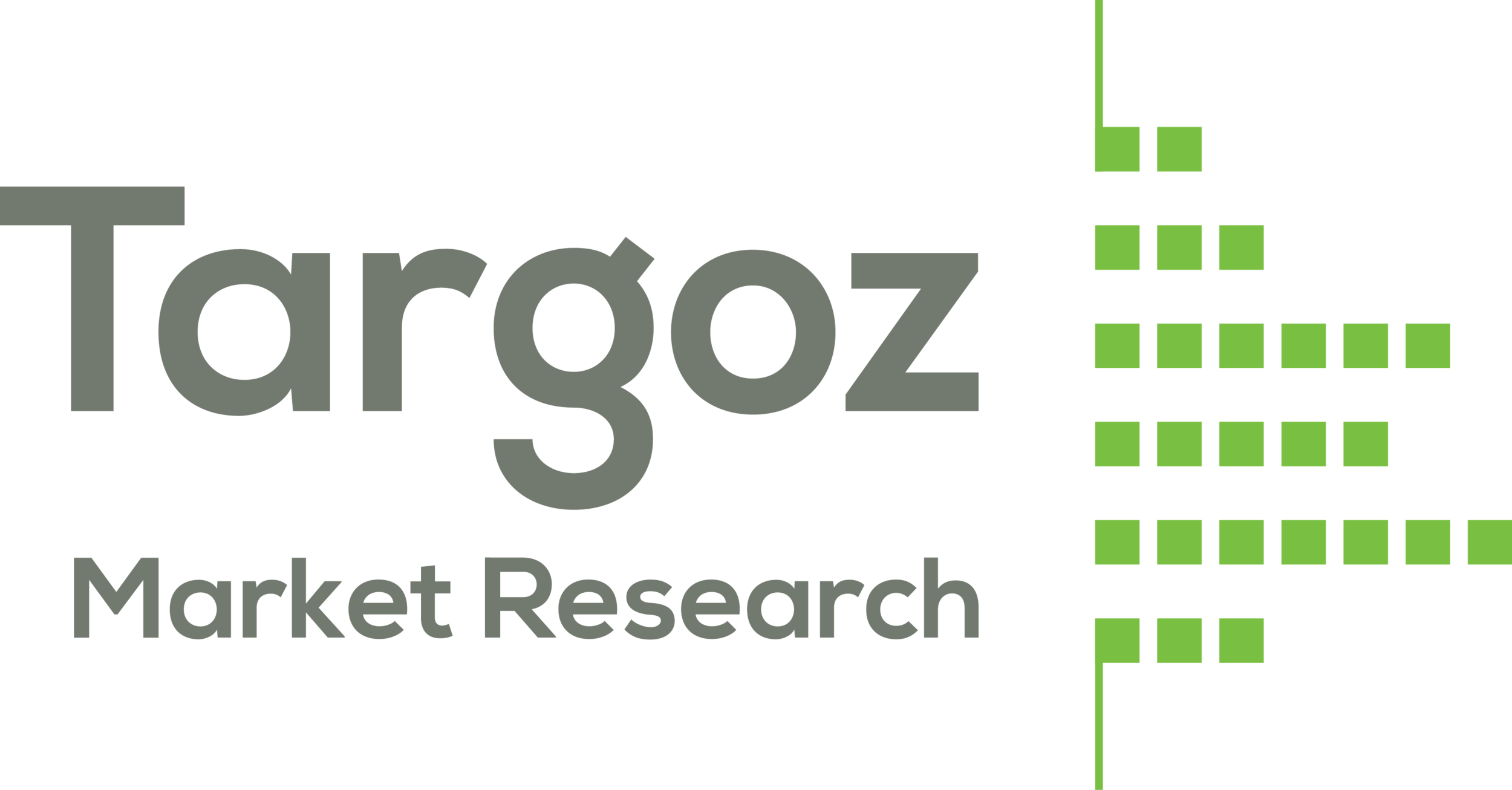March 2023 Economic And Market Outlook | Targoz Market Research
We work with clients from various industries and sectors. As such, we have a unique perspective on the economy and what trends will impact businesses for the balance of 2023.
Now that the first quarter is almost over, we wanted to share some of our thoughts on what's in store with our rapidly changing economy for the balance of the year.
U.S. Outlook
In July of 2022, we advised clients that the U.S. is probably facing a recession in early 2023. The Federal Reserve appears to be committed to getting inflation below 3%. It has never been able to cut inflation by that amount in a two-year period without engineering an actual recession.
That recession has arrived for interest rate-sensitive industries such as manufacturing, real estate, and autos. The goods sector, which accounts for roughly 20% of GDP and 15% of employment, is dealing with declining production and rising inventories.
So, what about the rest of the economy?
Services account for the other 80% of the economy and remains relatively strong, albeit with a few notable exceptions. Technology and healthcare are both struggling.
Unprofitable tech firms are now facing an environment where money is no longer accessible, and venture capital dollars are becoming harder to find. VC and startup firms in areas such as fintech and e-commerce will consolidate or perish throughout the year.
Healthcare continues to face supply chain disruptions, staffing issues, and rising costs for supplies. Providers are unable, contractually, to pass along their rising costs.
The rest of the services economy remains strong but should start to slow throughout the year, with the U.S. slipping into a recession later in 2023 and into 2024.
The strength of service industries such as travel and hospitality has buoyed the overall economy and pushed the timing of a broader recession further back into the year.
Consumers and the general economy remain resilient thanks to a continuing shortage of workers and accumulated pandemic-related savings among households.
Economists at the Fed believe the labor force is missing 3-4 million workers, so it will take some time before layoffs begin to slow consumer spending. Finding a job is not a problem right now, and employment figures will probably remain positive for much of the year creating a problem for a Fed that needs wages and employment to fall to help fight inflation.
White-collar layoffs in areas such as tech will eventually filter down to blue-collar industries, but this will be a slow process.
On one hand, the goods sector faces an extended downturn, while on the other services slowly deteriorate throughout the year. Not an ideal setup leading into an election year.
Will the Federal Reserve keep hiking rates despite political pressure or relent and allow higher inflation to become endemic in the economy?
The answer to that question will determine the fate of the economy for the foreseeable future, creating one of the most challenging setups for businesses to navigate in the past quarter of a century.
So, What Do We Advise?
The general playbook for this environment is to avoid investing in unprofitable growth, shore up balance sheets, conserve cash, and consolidate your market position where possible.
Positive cash flow is king.
The era of cheap money is likely over. The economy has survived declining numbers of workers via zero interest rates and immigration. In the future, interest rates and inflation will be higher, so plan accordingly.
If you have any questions or want to discuss your business plans, please don't hesitate to contact us. We're always happy to help clients navigate these challenging times.
